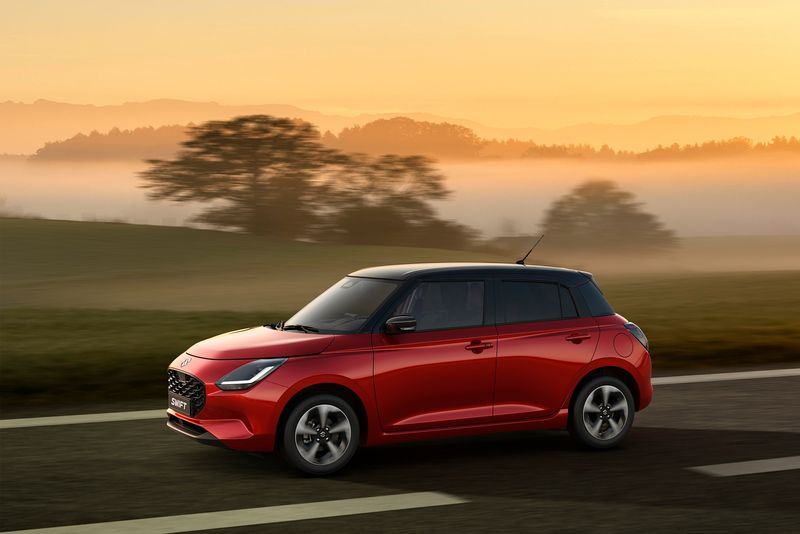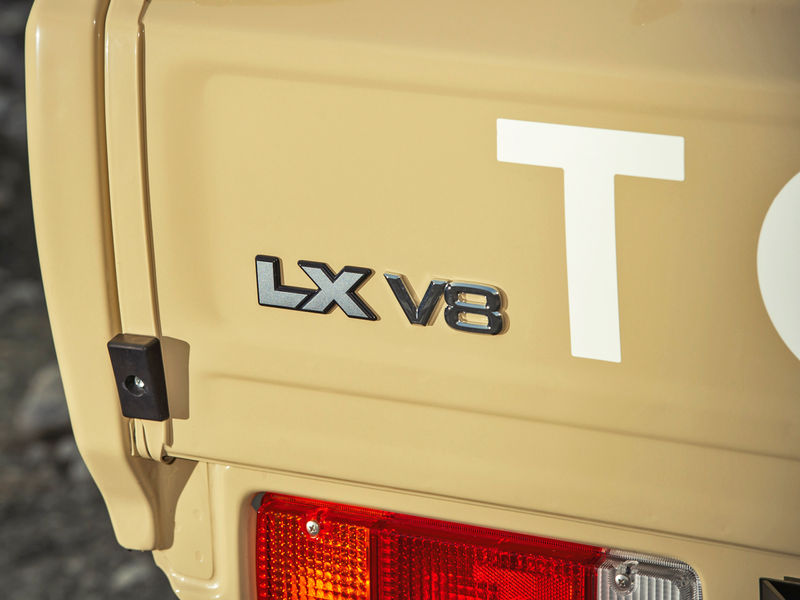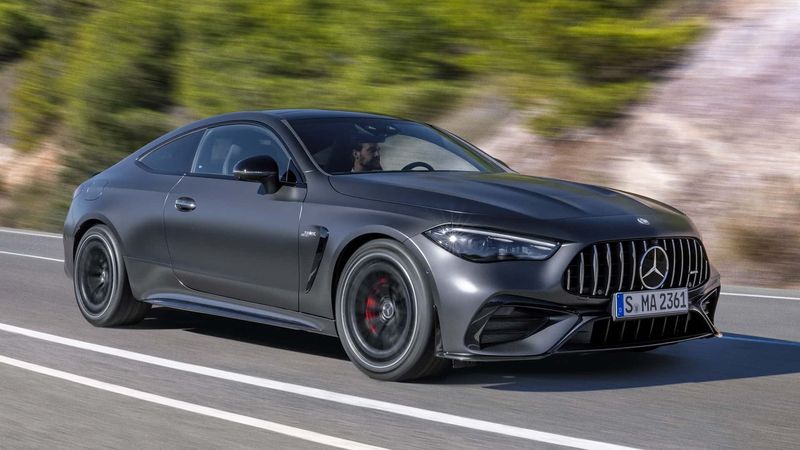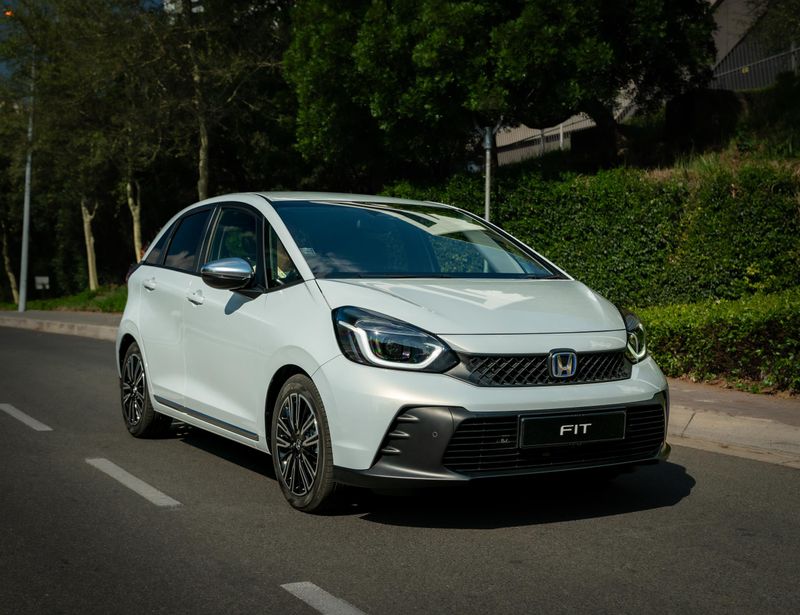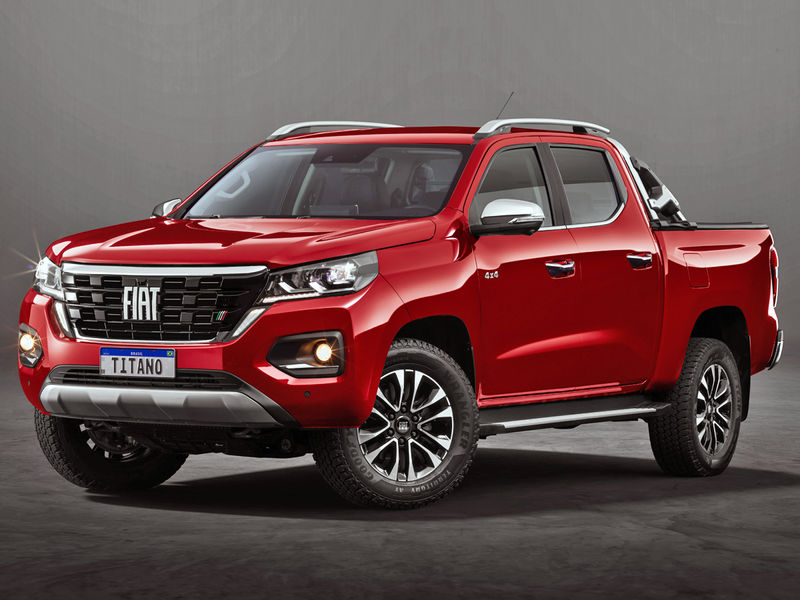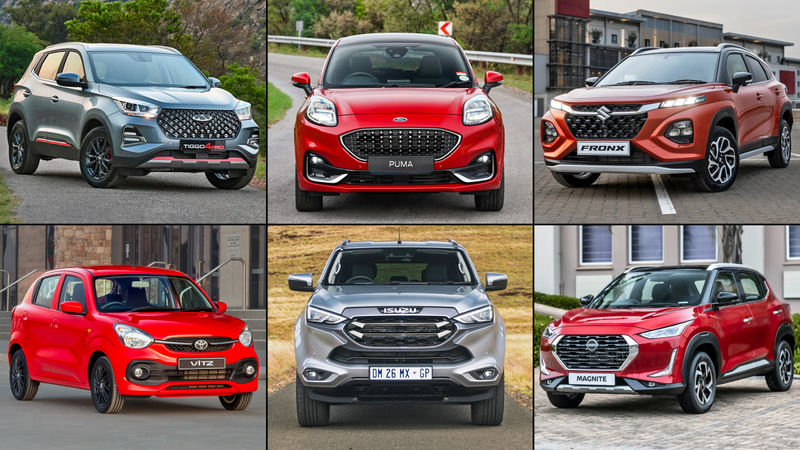






















This author had the privilege oftravellingto Milanin June 2015 to attend the global reveal of the then all-new Alfa Romeo Giulia sedan. FCA (now absorbed into Stellantis) pulled out the stops and many Italian cliches came to mind:finecuisine, Andrea Bocelli singing Nessun Dorma etc.The charismatic Sergio Marchionne (the late Fiat boss, clad in his characteristic blackjersey) led proceedings.
There was renewed hope for the Milanese brand. The rear-wheel-drive Giorgio platform was all-new;Marchionne insistedthat the rebirth of Alfa Romeo would not be spearheaded by a car based on an existingJeep/Chrysler platform. And the Giulia? It was gorgeous from every angle – even base-spec derivatives, although unadorned by the Quadrifoglio’s sporty embellishments, were head-turners.
Six years on from that momentous evening, updated versions of the Alfa Romeo Giulia and Alfa Romeo Stelvio have arrived in Mzansi. It’s fair to say that local sales numbersof the pre-facelift models were very disappointing (although the Quadrifoglio versions certainly generated a lot of fanfare and got enthusiasts’ proverbial juices flowing)… Could the revised pair fair any better? Well, they ought to…
Several recall announcements and tech bulletins published on websites such as the National Highway Traffic Safety Administration (and others)revealthat thefirst-gen Giulias were plagued byelectronic glitches, which was perhaps symptomatic of the sedan beingrushed to market in 2016. Fortunately, one of the best aspects of a facelift model is that a manufacturer can assess all the data and learnings that it accumulates while amodel is on the market (usually for about 5 years) and addressthem to ensure that the updated version is free of such issues or gremlins. It’s not purely an Alfa Romeo issue– most brands have had elements of their products thatneeded to be improved for subsequent models. We hope the niggles that besetthe 1st-gen cars have been rectified, but only time will tell…

The updated Alfa Romeo range has taken its time to get to SA (thanks Covid-19!), but the 2020 model year updates are mostly focused on tech/safety updates and upgradesof cabin trim and quality.
Alfa Romeo South Africa is offering its Giulia and Stelvio with two derivatives in each range. For the Giulia sedan, the range kicks off with the Veloce. This has a 2.0-litre 4-cylinder turbocharged petrol engine punching out 206 kW and 400 Nm. Power goes to the rear wheels via an 8-speed ZF automatic transmissionand Alfa Romeo claims theVeloceis capable ofaccelerating from 0to100 kph in 5.7 sec.
The Giulia Quadrifoglio,with its thundering Ferrari-fettled 2.9-litre biturbo V6 that produces375 kW/600 Nm, is back. Its claimed 0-100 kph time of 3.9 sec makes it one of the quickest sports sedans around.
As for the Alfa Romeo Stelvio, it follows a similar strategy with the Super also featuring the 206 kW/400 Nm 2.0-litre turbopetrol motor, but it additionally featuresall-wheel drive (and a neat Q4 badge on the tailgate). The same 2.9-litre biturbo V6 makes its way into the Stelvio Quadrifoglioand, thanks to its all-wheel-drive system, it can bolt from 0-100 kph faster than its sedan sibling– just 3.8 sec.

It appears Alfa Romeo South Africa has been taking notes from Lexus when it comes to offering cars with comprehensive specification lists. That’s right,the seemingly steep prices listed at the bottom of this article are for generously equipped derivatives. There are no optional extras – the cars are fully loaded with virtually everything you’d need as far as convenience and comfort features are concerned.
The Giulia Veloce, for example, comes with adaptive dampers, selectabledrivemodes, 19-inch alloy wheels, a panoramic sunroof, xenon headlights with LED daytime running lights, a new 7-inch digital TFT screen in the instrument cluster, a bigger 8.8-inch infotainment screen (which is now Apple CarPlay/Android Auto compatible), leather sport seats, dual-zone climate control, park distance control, a reverse-view camera, tyre-pressure sensors, USB ports for front and rear passengers, a wireless charging pad, auto lights and-wipers, aswell as a heated steering wheel.
Where the local Alfa Romeo lineup has made a particularly bigstrideis in the provision of semi-autonomous safety systems (with the brand claiming Level 2). The vehicle comes with active cruise control, lane-keepingassist, blind-spot warningand autonomous emergency braking.
The Alfa Romeo Stelvio Super largely follows the above offering, with the addition of an all-wheel-drive system, hill descent control, an electrically powered tailgate and larger (20-inch) wheels.

The Giorgio platform is renowned for its clever packaging and the engine’s positioning has resulted in 50/50 weight distribution. What’s more, the Giulia’s body is lighter than its traditional rivals due to things like a carbon-fibre prop shaft, and this has resulted in the delivery of one of the more engaging drivingexperiences in the segment, which applies to the taller Stelvio as well.
The Giulia’s on-road demeanour has always pleased us andthis updated model is no different. Our route through the Magaliesberg highlighted that the accurate steering setup remains astand-out feature; it offersdirectness and “feel” in abundance. It’s quick too…you can whip the ‘wheel around with minimal effort;it endows the car with a darting,nimble feel. It may be abit too lively for some, however.
The chassis and the adaptive dampers are a brilliant combination. There’s engagement galore, lots of grip and you feel connected to the car(as cliched as thatsounds). The ride quality is good too, but the 19-inch wheels generate quite a bit ofroad noise… the Giulia’s cabin isn’t as well insulated as the Audi A4’s, for example, but then the Ingolstadt-based brand’s modelis comparatively dour to pilot.
The DNA driving modes make a notable difference to the Giulia’s on-road manners. While in the default N (Normal), the ZF transmission seems to shift almost imperceptibly, but when D (Dynamic) is engaged, a gentle bolt-action bump accompanies each change. Feel free to use the gearshift paddles for maximum engagement – theyare not only pretty to look at,but a tactile pleasure to use.
TheVeloce’s 2.0-litre turbopetrol engine produces a hearty 206 kW, which eclipsesthe outgoing Super derivative’s 147 kW. While it doesn’t quite offer the aural stimulation producedby its V6-powered brother, the motor delivers strong performance and revs eagerly to the redline. We suspect that, when Dynamic mode is engaged,some augmented engine sound isfed into the 2.0-litrederivative’s cabin.

After driving the Giulia sedan, we climbed into the Stelvio Super. Despite its Executive SUV designation (which means it comes with areasonably hiked-up rideheight), the Stelvio handles in quite a sporty manner. It too benefits from the Giorgioplatform, has the same gorgeous steering setup as its sedan sibling and despite being fitted withlarger (20-inch) wheels, its ride quality is generally good too.
It’s only when you’re in a real hurry – and start to compel the Stelvio to corner quickly and sharply– that the laws of physics come into play. At the end of the day, the Alfa’s executive SUVis still a 1.6-tonne vehicle with an upright stance, so a fair bit of body roll makes itself known. Still, this is not really a negative as the Stelvio is lighter and more engaging than any of its rivals (this side of the Porsche Macan).
The main reason you’d rather buy a Stelvio thana Giulia is its superior practicality, as well as the ability to traverse dirt roads more assuredly. The Q4 system favours the rear wheels, but if the car’s ECU detects some slip, up to 50% of the available power will be sent to the front wheels to compensate. The Stelvio Super should cope with moderately slippery road surfaces, but is it an off-roader? No, it isn’t.

In much the same fashion as before, the Alfa Romeo pairing of the Giulia and Stelvio appeals to driving enthusiasts and Italian-car lovers, thanks to distinctively stylishlooks plus excellent driving manners. We do think Alfa Romeo has missed a trick bynot offering a turbodiesel option for the SUV, as – by its own admission during the presentation –diesel power is still relevant in the R1-million SUV segment.
Downsides? It’s only upon closer inspection of the models’ cabins that some flaws become apparent. While the Giulia and Stelvio’s cabins are ergonomically fine, the upgraded infotainment system’s screen is a bit too dark for our liking. Most of the interior materials are of good quality, but there are a couple of cheap-feeling elements here and there, such as the insubstantial electronic handbrake switch.
Then there’s the question of after-sales and backup. We all know Alfa Romeo owners have a love/hate relationship with their cars and while we as journalists report on new vehicle launches, we cannot predict what the ownership experience of a car will be like in 3 years’ time. We hope things will be different under Stellantis, as Alfa Romeo’s PSA sister brands appearto be doing quite well in Europe.
Then there’s depreciation…there are some rather tempting low-mileage pre-facelift Giulias and Stelviosavailable at extraordinarilylow prices in the used-car market. Still, we did an online configuration of aBMW 330i M Sport (a direct rival to the Giulia Veloce) to the Alfa Romeo’s spec leveland found there wasn’t a very big price differenceat all. Acompetitively priced new Alfa Romeo…Who’d a thunk it?
The updated duo from Italy is sold with a 5-year/100 000 km warranty and maintenance plan as standard.
| Alfa Romeo Giulia Veloce | R989 900 |
| Alfa Romeo Giulia Quadrifoglio | R1 599 900 |
| Alfa Romeo Stelvio Super | R1 159 900 |
| Alfa Romeo Stelvio Quadrifoglio | R1 749 900 |
Alfa Romeo Giulia and Stelvio specs and price
Alfa Romeo Giulia GTA Confirmed for SA
